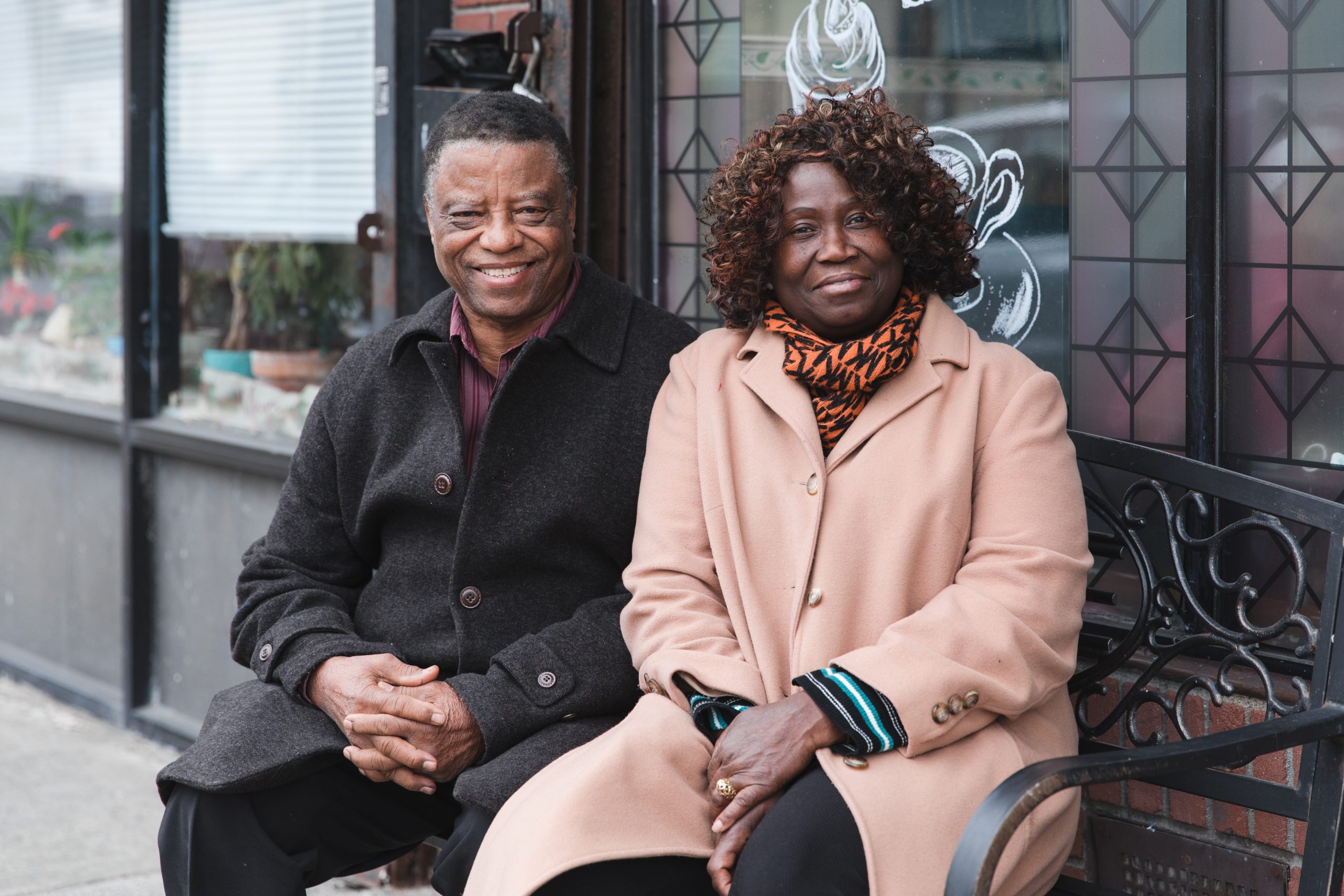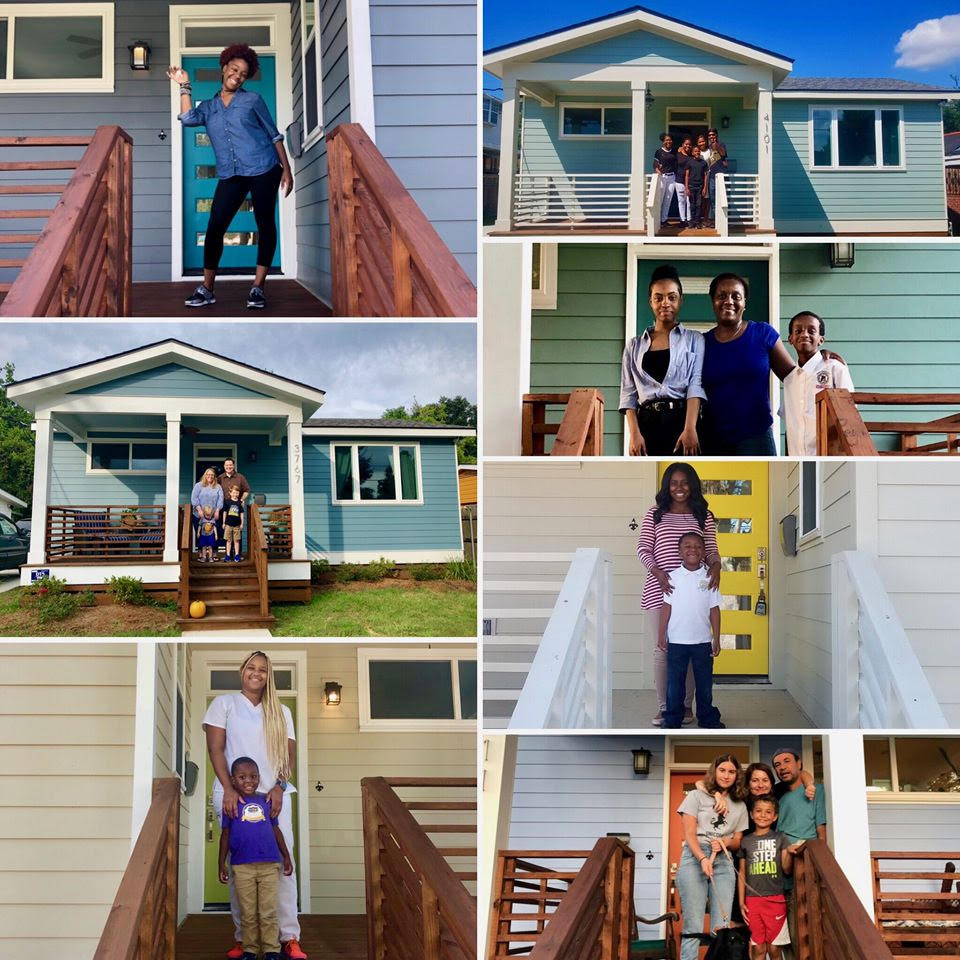A self-professed “champion for homeowners,” the Center for NYC Neighborhoods put its 12 years of experience to work this year to help New Yorkers preserve their homeownership and curb the negative effects of COVID-19 across the state. Founded in the wake of the 2008 mortgage crisis to protect middle- and working-class families and the communities they live in, the Center is one of the country’s largest nonprofits dedicated to affordable homeownership. The organization provides comprehensive homeowner services, including mortgage assistance, foreclosure mitigation, scam prevention, rehabilitation support and disaster response.
Relying on community relationships, a network of partners and its Homeowner Hub, this Department of Housing and Urban Development (HUD) approved counseling group was able to continuously calibrate its response efforts with real-time feedback from local homeowners. It has also leveraged its wholly-owned subsidiary, Sustainable Neighborhoods LLC, a certified Community Development Financial Institution (CDFI) and licensed mortgage banker, to directly assist homeowners. By maintaining a dialogue with the complete spectrum of housing stakeholders – from homeowners and community leaders to local, state and federal policymakers – the Center has been able to identify and resolve some of the most pressing housing issues that emerged in the months following the outbreak of the pandemic.
The National Housing Conference spoke to Center for NYC Neighborhoods CEO and Executive Director Christie Peale and Director of Communications Cristian Salazar to examine the evolution of the organization’s outreach, services and advocacy from the onset of the pandemic to today, and discuss what challenges still lie ahead.

How did the Center for NYC Neighborhoods first get started?
The Center was created in 2007 by Mayor Michael Bloomberg and other city leaders, along with private capital and foundations, to help tackle the city’s response to the subprime mortgage crisis as a way to get ahead of the challenges facing homeowners – instead of waiting for federal assistance. The organization formally launched in 2008 and we have devoted our efforts since then to empowering local homeowners to preserve their homeownership in the face of any kind of crisis, whether it’s natural disasters, scams or a global pandemic.
The Center also played a role in Hurricane Sandy relief, raising $1.3 million in funds, as well as directing federal support towards storm recovery and reconstruction. After successfully launching a citywide loan program for homeowners at risk of foreclosure, we were tapped by the New York Attorney General’s Office to take our program statewide, creating the New York State Mortgage Assistance Program. In recent years, our organization has evolved to become a one-stop shop for protecting and promoting affordable homeownership.
What lessons learned from the 2008 mortgage crisis are applicable to COVID-19 and how has the organization shared those with policymakers and lawmakers?
When COVID-19 struck, we focused on our core mandate to protect homeowners at immediate risk of foreclosure, armed with the insights gained from years of helping homeowners successfully navigate post-crisis conditions. In areas where we had deep expertise, such as the allocation of crisis funds, our advocacy team shared its best practices with state and federal policymakers. For example, we have developed recommendations for how the HEROES Act’s Homeowner Assistance Fund should be implemented based on our experience with the Department of Treasury’s 2010 Hardest Hit Fund and have offered the New York State Mortgage Assistance Program as a model for how homeowner assistance funding should be rolled out on a national scale.
Drawing on our involvement in previous foreclosure crises, we also outlined common pain points that can, and should be, avoided when policymakers and lawmakers design new COVID-19 relief programs. Direct homeowner assistance, for instance, should take a consumer-oriented approach, avoiding overly stringent program eligibility and documentation requirements that act as barriers to connecting homeowners with the help they need. We have also advocated for greater participation from housing counseling organizations and legal services, stronger investment in public outreach campaigns and servicer incentives that enhance participation, communication and data transfer.
How did the organization maintain communication with homeowners during COVID-19?
The Center’s Homeowner Hub hotline has historically been the primary channel through which we stay connected to the community and its needs. We manage and staff this hotline, which receives and directs at-risk homeowners from across the state and city.
The Homeowner Hub is a single point of entry system that homeowners can access by calling 311 in the city or by submitting a request for assistance from HomeownerHelpNY, FloodHelpNY, or the Center for NYC Neighborhoods websites. The hotline provides rapid homeowner assistance, offering brief advice and connecting homeowners to vetted organizations in the neighborhood that can help resolve their issues. As part of the Homeowner Hub, we also conduct proactive engagement to severely delinquent homeowners to connect them to free services. We ramped up our hotline support in response to the spike in inbound inquiries – representing existing users, as well as new homeowners. The hotline played a central role in cluing us in to the needs on the ground in real time, acting as a sort of nerve center during COVID-19.
What were some of the housing issues homeowners raised during COVID-19?
We relied heavily on the feedback of homeowners to track the evolution of housing issues throughout the pandemic and calibrate our advocacy and support accordingly. Early on, many homeowners expressed confusion around what forbearance was, with some homeowners failing to take advantage of this loss mitigation option despite experiencing financial hardship. Over time, we fielded more questions about taxes and escrows and what happens at the end of forbearance.
Certain subsets of the homeowner population emerged as areas of concern based on the information received from the Homeowner Hub and other outreach efforts. For instance, we received a growing number of inquiries from smaller landlords, who were still responsible for paying their own mortgage while seeing their rent collections dwindle and waiting on federal rental assistance. In the late summer months and heading into the fall, roughly one in five inquiries were from small landlords related to tenant nonpayment. In response, we developed a loan program, available through our wholly owned subsidiary CDFI, designed specifically to support these landlords by providing financial support directly to homeowners and their renters with funding from the Credit Builders Alliance. These loans allow landlords to continue to pay their mortgage, while preserving tenants’ safe housing. In addition to programmatic support, we alerted lawmakers, policymakers and financial institutions to the need for greater assistance for small landlords and their tenants.
Other than small landlords and tenants, are there any at-risk populations the organization prioritized during COVID-19?
While we are committed to serving all middle- and working-class families in New York, different subsets of the population emerged as particularly vulnerable during the course of the pandemic. A significant volume of inquiries came from senior homeowners, for example, who may be more susceptible to scams and experience greater difficulty getting in touch with their mortgage servicer. To ensure that these seniors were staying up-to-date on the latest relief options, moratoriums and forbearance requirements, we engaged in targeted outreach, including mailings and resources for senior centers.
Our Senior Homeowner Initiative pre-dates COVID-19, but was essential to supporting this subset of homeowners. The initiative is a coordinated effort, led by the Center and seven community-based legal services and housing counseling providers, that focuses on integrating cross-sector services by coordinating with government partners, elected officials, and mortgage lenders to collectively reach out to community-based organizations and older homeowners and advance policies that protect senior homeowners.
How has the organization managed housing issues that were difficult to resolve?
Some of the most challenging housing issues our organization encountered during COVID-19 were referred to the Escalations Program. This program works directly with housing counselors across the state to resolve complex cases with the end goal of helping homeowners avoid foreclosure. We leverage our extensive relationships with staff at financial institutions and mortgage servicers to escalate cases and come to an effective solution. The Escalations Program is also a component of the Attorney General’s Homeowner Protection Program. As part of the program, we met with servicers to resolve issues around loss mitigation and forbearance during COVID-19 and even referred a few cases to the New York Department of Financial Services and the New York Attorney General.
How did the Center mobilize and support housing counselors during COVID-19?
We increased our support of HUD-approved housing counseling agencies in response to the needs of homeowners during COVID-19. When New York initially went on pause, we quickly circulated a survey to members of our network of community-based organizations to assess availability and counseling status. We maintained a dialogue with counselors and collected data that was shared with the Attorney General’s Office to ensure legal services and financial counselors were addressing housing issues as they arose.
Counselor feedback also helped us better understand what COVID-related content should be circulated at any given time. We continued coordinating housing counseling training, which helps educate and update organizations on available programs and facilitates resource sharing. We also contributed to the Urban Institute’s Mortgage Market COVID-19 Collaborative borrower awareness campaign, which encourages homeowners to contact housing counselors to access forbearance options. In preparation for 2021, we are also developing new strategies to support housing counselors and homeowners as more homeowners exit forbearance.
What challenges does the Center anticipate in the coming months?
There are many unanswered questions as homeowners and renters near the end of emergency forbearance programs and eviction protections. What happens at the end of a 12-month forbearance? Will the U.S. see a wave of evictions and foreclosures? How can housing organizations ensure these households get the legal support they need? Any response should recognize and address the disproportionate impact of the pandemic on Black and Hispanic communities. For too many families of color, COVID-19 is the latest threat to stable and affordable housing. The disparity in infections has been tied to the decades of segregation, redlining and persistent discrimination faced by Black Americans. The Center for NYC Neighborhoods is working to ensure that the responses to this crisis narrow the racial gap in household wealth and health, and do not widen it.

